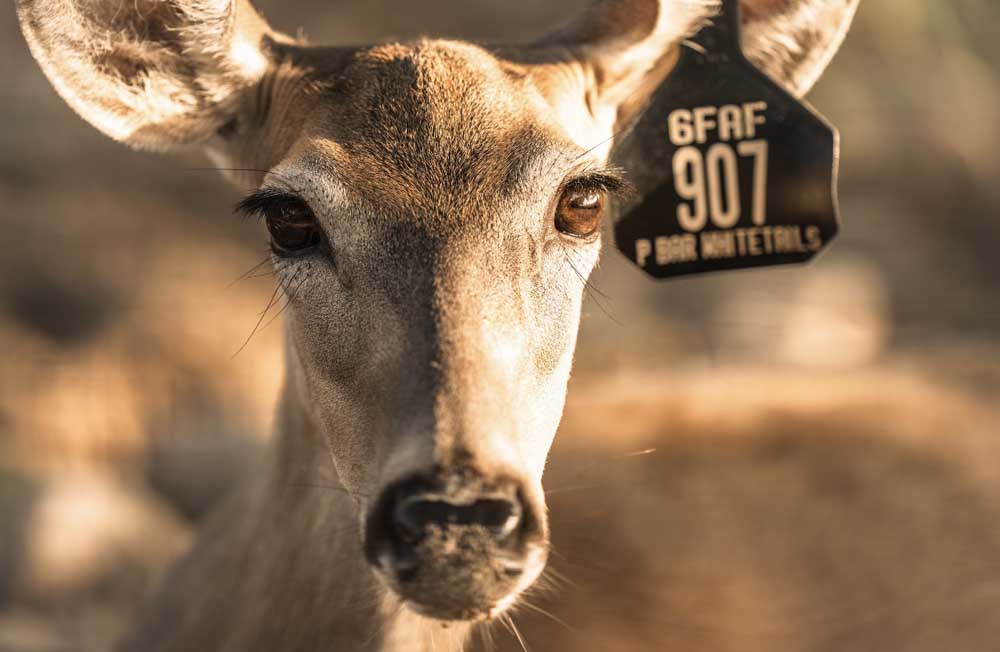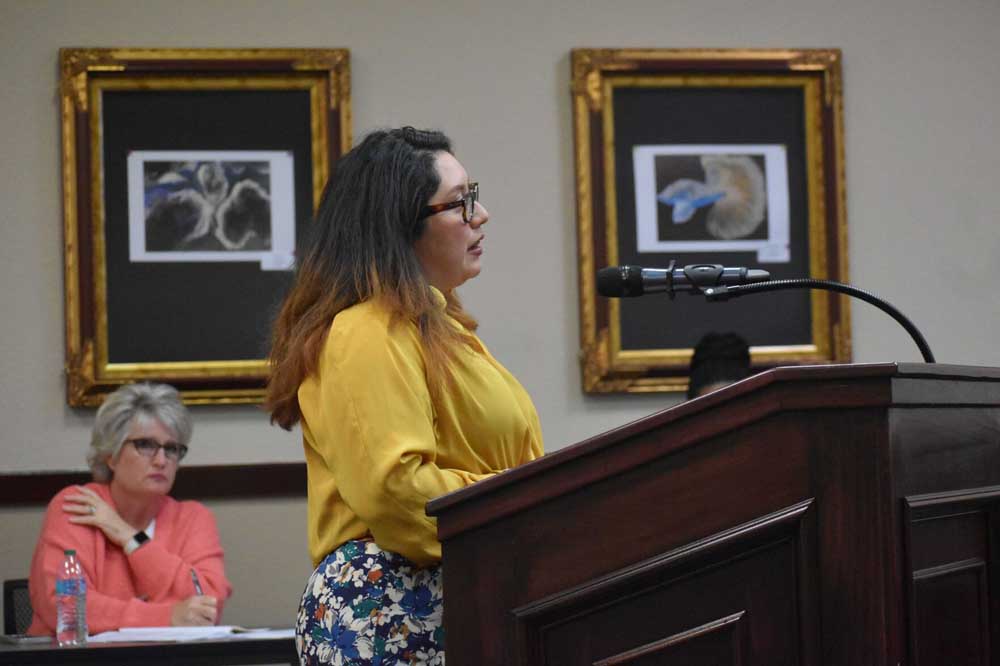Select Grade: East Texas Deer Breeder Out Front On Genome Testing For CWD
Published 10:45 pm Thursday, July 20, 2023

- Cherokee County’s P Bar Whitetails has adopted Texas A&M research into DNA testing to help eliminate Chronic Wasting Disease and lower the incidence of other diseases in pen-reared deer.
Jody Phillips has taken her love of hunting to a deer breeding operation on the cutting edge of science to slow the spread of Chronic Wasting Disease by offering animals that are genetically resistant to the disease.
Phillips and her husband, Joe, started P Bar Whitetails in 2016. It has grown to a 40-acre operation with about 350 white-tailed deer on hand.
Trending
“We actually just love to hunt. We wanted to have some deer on our place so we high-fenced it to enjoy with family. Then we figured out other people wanted some of our deer, so it took off from there,” Jody Phillips explained.
P Bar Whitetails markets whitetails to other ranches around the state from its facility in Cherokee County.
“We sell a lot of does that are breed to stock ranches with. A lot want a bred doe to release to get their ranch going. Some just want a single buck,” she added.
With demand high as more ranches around the state are being bought as recreational properties and ultimately high fenced, P Bar annually sells all its 3-year-old bucks and most of its 2-year-olds.
The deer are required to remain in Texas by law because of concerns for spreading CWD, a neurological disease that is fatal to whitetails and others in the cervid family. It was first discovered in the U.S. in 1967, and first found in the wild in Texas in 2012. It was found in breeding facilities in Texas in 2015.
In 2023, 51 deer across Texas have tested positive with the disease, 42 of which have been in breeder facilities.
Trending
Depending on the deer they sell for anywhere from $3,000 to $10,000.
While the Phillips jointly own the ranch, Joe Phillips spends his time managing another business, turning most of the deer breeding operation over to Jody and her all-female staff.
“Whitetail have always been my passion. When we decided to start the breeding operation my husband said we can do it, but you are going to have to do this. I appreciate his confidence in me. He has given me encouragement along the way, and it has just gotten better and better,” Jody Phillips said.
Along with genetics works for quality, P Bar has also been on the cutting edge of efforts to develop a line of whitetails resistant to disease including CWD. It uses research from Dr. Chris Seabury, an associate professor of genomics at Texas A&M College of Veterinary Medicine & Biomedical Sciences, that showed there is a greater chance of deer offspring inheriting the susceptibility to disease from its parent based on genetic coding.
Although the research is new P Bar Whitetails has completely adopted the research, and after two-and-a-half years of DNA and other testing, along with specific breeding has transitioned its entire herd to that believed to have genetic resistance to CWD.
The science is evolving for white-tailed deer it has been around for decades within the livestock industry. Since deer breeding is done using artificial insemination, making the disease-resistant DNA prevalent in a pen operation is more realistic versus the wild.
Jody Phillips calls the genome work “a big science project” with “the ability to protect a natural resource,” but also sees it as a marketing plus not unlike disease-free cattle or a Labrador retriever from a line that is certified free of hip dysplasia.
“We hope so. Testing is something we push. We are able to say these deer are tested. At lot of landowners don’t understand the bureaucracy of it all, but we see testing as a way to market our deer. It protects all of us, me and the landowners,” she added.
The cost for testing and implementing the program can be expensive for a larger operation, something that is partially reflective in the cost of the deer, but Jody Phillips said she would like to see more breeders transition to it for both marketing purposes as well as for its potential impact on the deer population.
“I always say breeders are conservationists at heart. Conservationists on steroids. It worked for scrappie in sheep, I don’t see why it won’t work with whitetail deer, but it is going to take a while,” she said.
She even predicts that with adoption of the science by breeders the incidence of CWD in the wild could decline in the next five years. That would not only help the future of the state’s deer herd, but also potentially stave off any additional burdensome regulations on breeders.
“The current regulation that (Texas Parks and Wildlife Department) have are working. In limiting the movement of deer from suspected facilities, they are helping to contain the disease. We can operate under those rules. If they regulate it more it is going to be hard to work with.”






